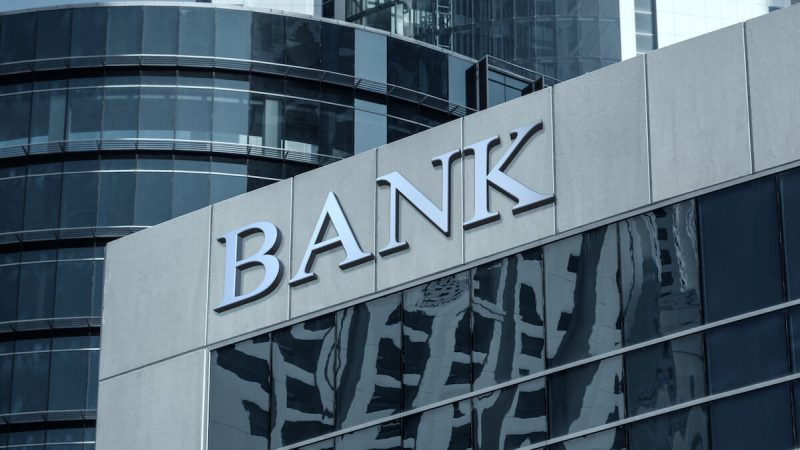In the fast-paced and interconnected world of finance, the stability of the banking system is of paramount importance. Recent global events have sparked concerns about the potential for a systemic implosion within the banking industry. While the banking sector has weathered numerous crises throughout history, the current landscape is presenting new challenges that investors and regulators must carefully monitor.
One key indicator to watch is the level of non-performing loans within the banking system. Non-performing loans are loans where the borrower has failed to make scheduled payments for an extended period of time. An increase in non-performing loans can be a sign of underlying economic stress and may indicate that borrowers are struggling financially. If left unchecked, a high level of non-performing loans can erode a bank’s profitability and weaken its balance sheet, potentially leading to a domino effect within the broader financial system.
Another critical factor to consider is the level of leverage in the banking sector. Leverage refers to the amount of debt a bank holds relative to its equity capital. High levels of leverage can amplify the impact of adverse market conditions, increasing the risk of insolvency in times of financial distress. Regulators closely monitor leverage ratios to ensure that banks have sufficient capital to absorb potential losses and remain solvent during periods of economic turbulence.
In addition to these financial indicators, the overall health of the economy plays a significant role in determining the stability of the banking system. A robust economy with low unemployment and steady GDP growth provides a favorable environment for banks to operate and generate profits. Conversely, a recession or economic downturn can weaken borrower credit quality, increase loan defaults, and put strain on bank balance sheets.
Technological advancements and cybersecurity threats also pose new challenges to the banking industry. With the increasing digitization of financial services, banks must continuously invest in cybersecurity measures to protect customer data and prevent cyberattacks. A major data breach or security incident could not only inflict financial losses on a bank but also erode customer trust and confidence in the banking system as a whole.
To mitigate these risks and safeguard the stability of the banking system, regulators play a crucial role in enforcing prudential regulations and conducting stress tests to assess the resilience of banks under adverse scenarios. Enhanced transparency and disclosure requirements help investors and stakeholders make informed decisions about the health and soundness of financial institutions.
In conclusion, while the specter of a systemic implosion in the banking system looms large, proactive monitoring of key indicators, prudent risk management practices, and effective regulatory oversight can help mitigate the risks and ensure the long-term stability of the banking industry. By remaining vigilant and responsive to evolving market dynamics, stakeholders can navigate the challenges ahead and build a resilient financial system that fosters economic growth and prosperity for all.





























